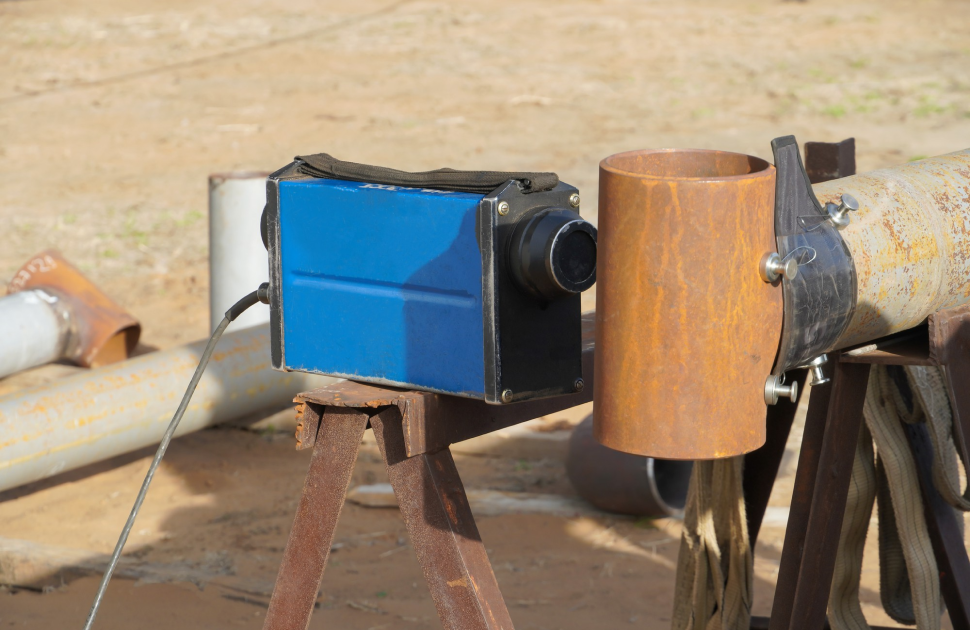Radiography testing, also known as X-ray testing, is a non-destructive testing technique that uses electromagnetic radiation to capture images of the internal structure of an object. This technique is commonly used in various industries, including manufacturing, construction, and aerospace, to detect any defects, cracks, or anomalies in the internal structure of components and materials. In this article, we will discuss how radiography testing is done, its applications, and its advantages and limitations.
Radiography testing involves the use of X-rays, gamma rays, or other high-energy electromagnetic radiation to penetrate through an object, which is placed between the radiation source and a detector. The radiation source emits energy that passes through the object and is captured by the detector on the other side. The detector records the amount of radiation that passes through the object and creates an image that reflects the internal structure of the object.
The radiography testing process starts with the preparation of the object being tested. The object is first cleaned, and any surface contaminants, such as dirt, oil, or rust, are removed to ensure that the radiographic image is clear and accurate. The object is then placed between the radiation source and the detector, and the radiation source is turned on. The radiation penetrates through the object, and the detector captures the energy that passes through the object.
The captured radiation energy is then converted into an image using a computer or other image-processing software. The image is examined by a radiographer, who interprets the image to identify any defects or anomalies in the object's internal structure. The radiographer looks for changes in the density of the object that may indicate cracks, voids, or other defects.
Radiography testing is used in a wide range of applications, including the inspection of aircraft components, pipelines, and welding seams. It is also used in the automotive industry to inspect engine blocks, cylinder heads, and other components. Radiography testing is also used in the medical field to create images of bones, organs, and tissues.
One of the primary advantages of radiography testing is its ability to detect defects and anomalies that are not visible from the outside of the object. This allows for early detection of potential problems before they become more serious and can cause significant damage or even failure. Radiography testing is also non-destructive, meaning that the object being tested is not damaged during the testing process. This makes it an ideal testing method for expensive or complex components that cannot be easily replaced.
However, radiography testing also has some limitations. It requires specialized equipment and trained personnel to operate, which can make it more expensive than other testing methods. It also exposes personnel to radiation, which requires strict safety protocols to be followed to protect their health. Additionally, radiography testing is not suitable for all materials, particularly those that are sensitive to radiation.
In conclusion, radiography testing is a valuable non-destructive testing technique that uses electromagnetic radiation to create images of the internal structure of objects. It is commonly used in various industries to detect defects, cracks, or anomalies in components and materials. Radiography testing has several advantages, including its ability to detect internal defects and its non-destructive nature. However, it also has some limitations, including its cost and safety considerations. Despite its limitations, radiography testing remains an essential testing method in many industries and continues to be used to ensure the safety and reliability of critical components and materials.

.png)








